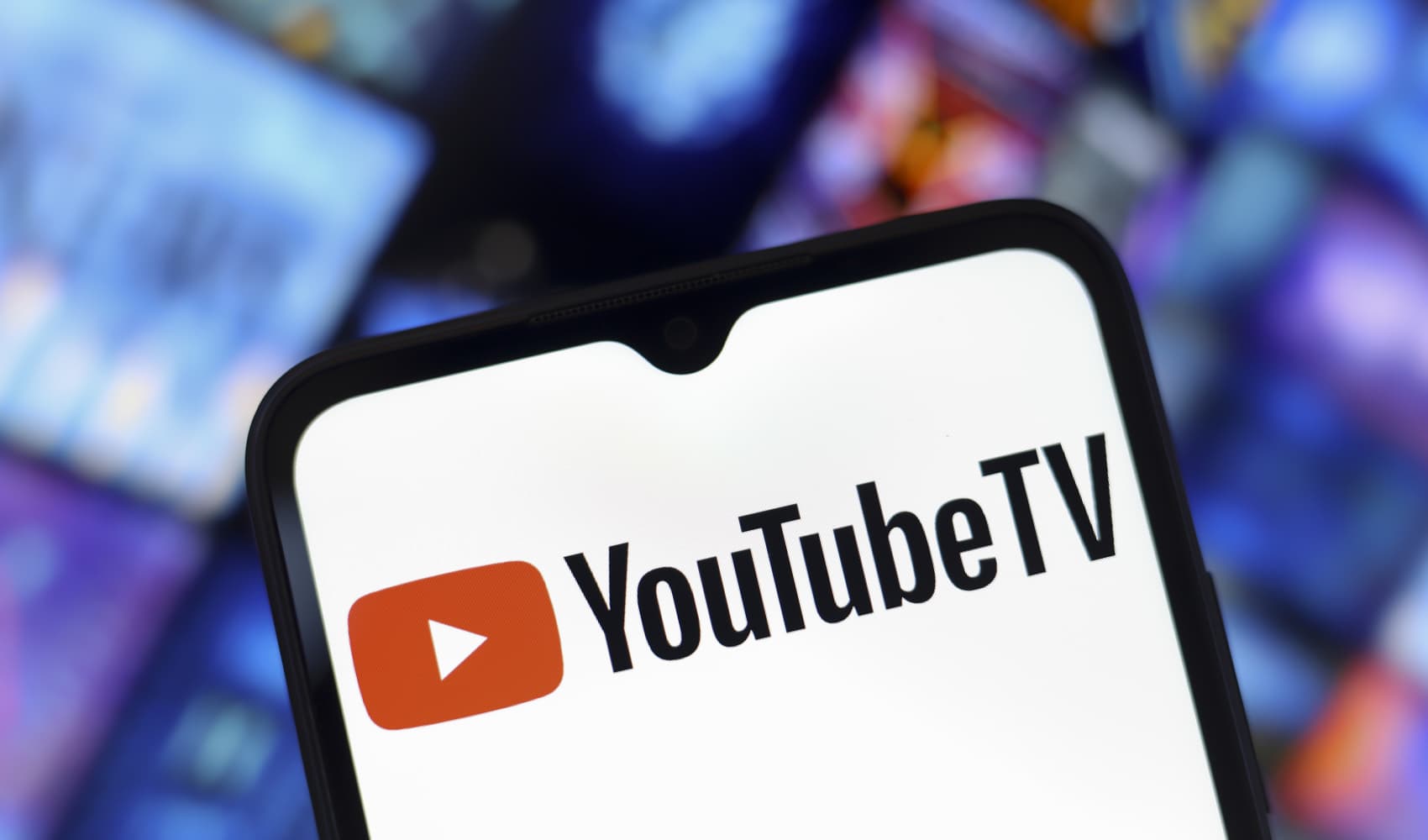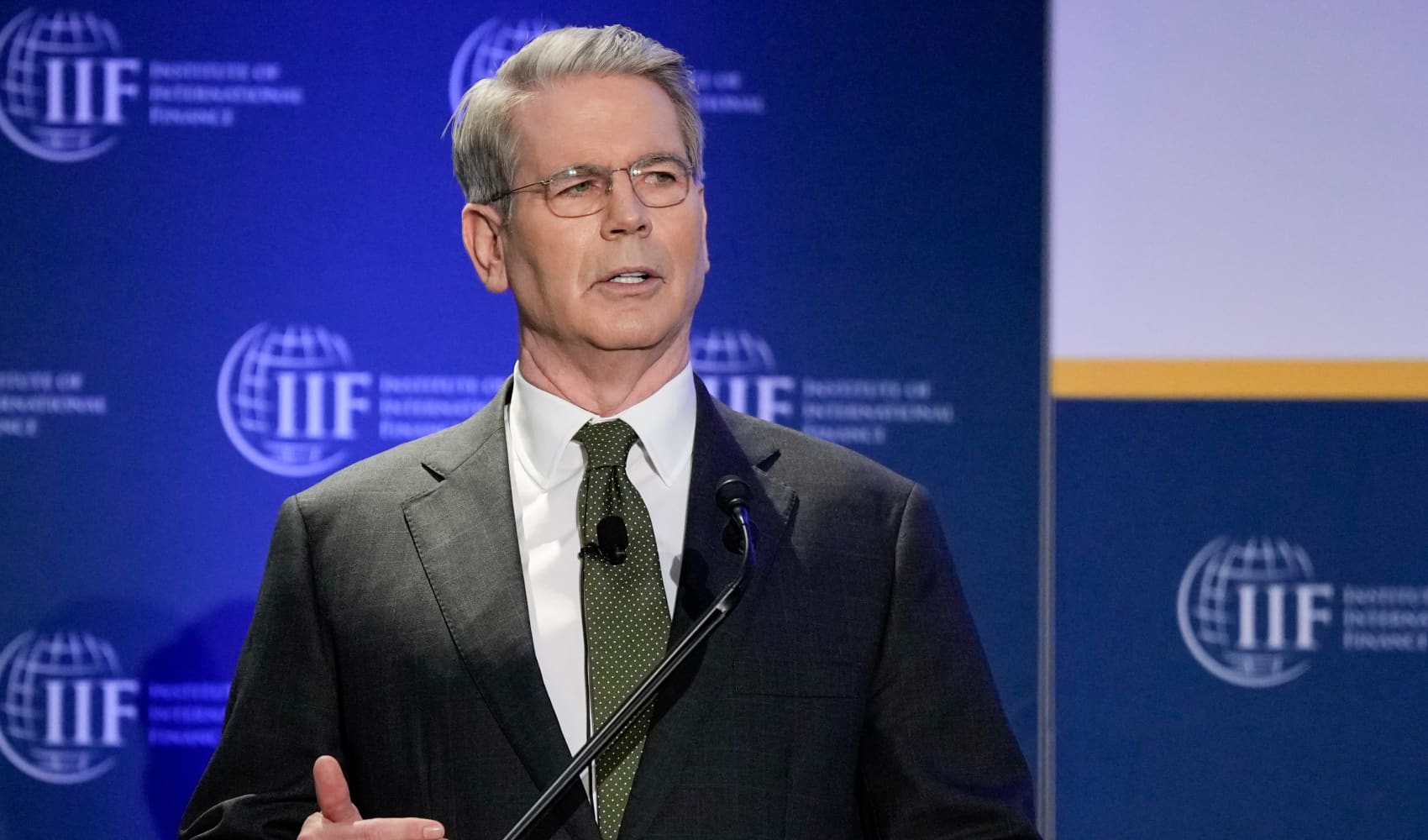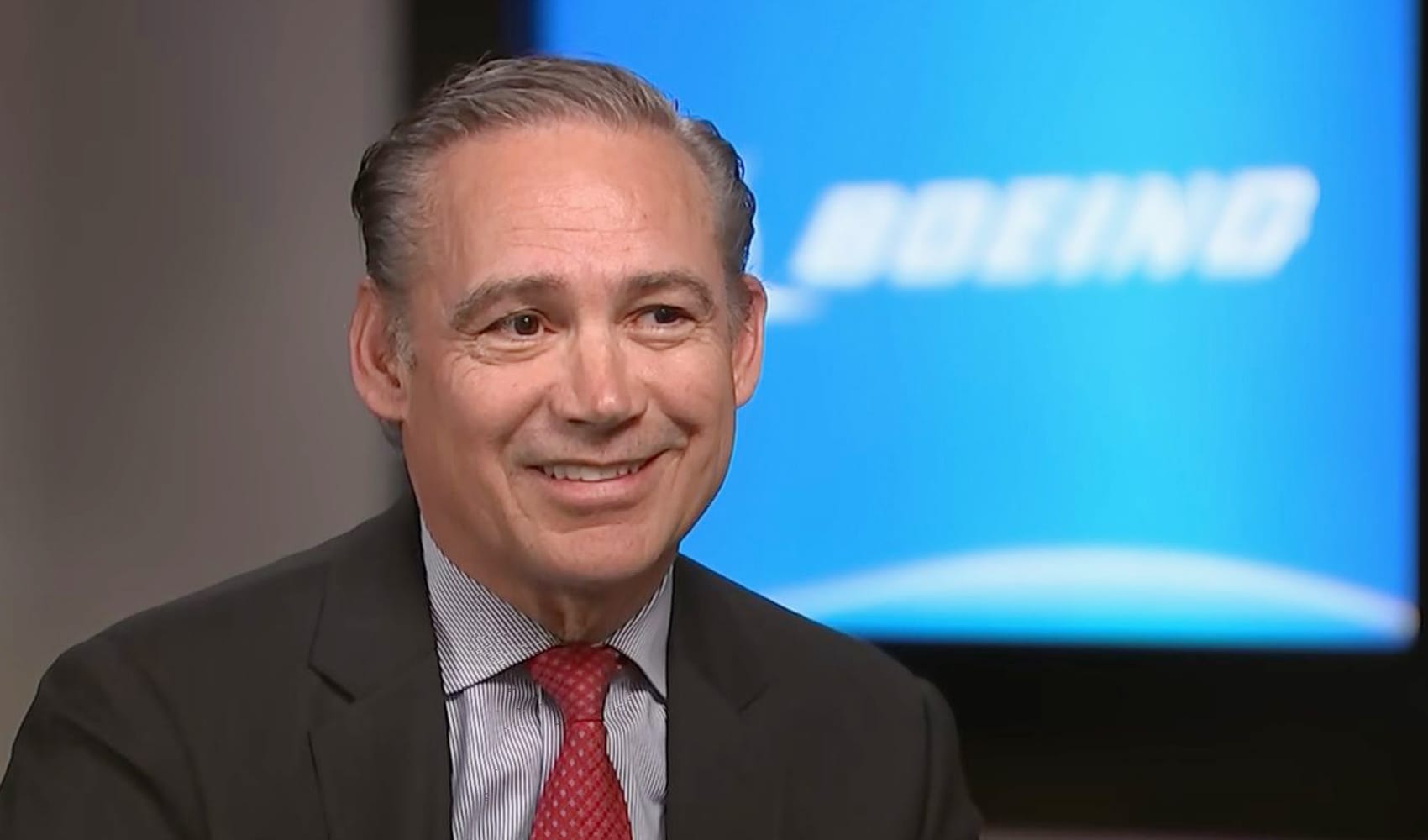US Deficit to Dip? IMF Forecast on Tariffs in 2025
Tariff Windfall? IMF Predicts Slight Dip in US Deficit in 2025
Introduction: A Silver Lining, or Fool's Gold?
Hey there, finance enthusiasts! Ready for a dose of economic news? The International Monetary Fund (IMF) just dropped a report that's got everyone talking. While growth and inflation forecasts for the U.S. aren't exactly sunshine and rainbows, there's a surprising glimmer of hope: the IMF believes the U.S. fiscal deficit might actually *dip* a little in 2025. How? You might ask. Well, it's all thanks to – you guessed it – tariffs! So, is this a genuine win, or just a band-aid on a bigger problem? Let's dive in and explore the details.
The Headline: Deficit Reduction on the Horizon
The IMF projects the overall U.S. federal deficit will fall to 6.5% of gross domestic product (GDP) in 2025, a slight improvement from the 7.3% estimated for 2024. That's the headline grabber, folks! A smaller deficit means less borrowing, theoretically leading to a healthier economy. But, as always, the devil is in the details.
The Tariff Angle: Where's the Money Coming From?
So, where's this extra cash coming from? The IMF is explicitly pointing its finger at increased tariff revenues. Tariffs, for those unfamiliar, are taxes on imported goods. The idea is that these taxes make imported goods more expensive, encouraging consumers to buy American-made products. But they also bring in revenue for the government. The narrower gap between spending and revenue is "contingent on higher tariff revenues," according to the IMF report.
Digging Deeper: How Much of a Difference Will Tariffs Really Make?
While the IMF's prediction is interesting, it’s crucial to understand the magnitude of the impact. Are we talking about a significant decrease in the deficit, or just a rounding error? The difference between 7.3% and 6.5% of GDP, while statistically relevant, might not be felt immediately by the average American. Think of it like losing a pound after weeks of dieting – it’s progress, but it doesn’t mean you can suddenly fit into your skinny jeans!
Uncertainty Clouds the Forecast: A Pinch of Salt Required
Here's the catch: the IMF itself acknowledges "uncertainty surrounding the rollout of higher tariffs and potential revenue increases." In other words, this forecast isn't set in stone. Many things could happen that could throw a wrench in the works. Maybe trade partners will retaliate with their own tariffs, reducing the volume of imports and, consequently, tariff revenue. Maybe consumers will simply absorb the higher costs, reducing demand for all goods. It’s a bit like predicting the weather – you can make an educated guess, but you can't control the clouds.
The Bigger Picture: Trade Wars and Economic Growth
The Double-Edged Sword of Tariffs
Tariffs, like any economic tool, are a double-edged sword. While they can generate revenue and potentially protect domestic industries, they can also disrupt global trade, raise prices for consumers, and spark trade wars. Remember the trade tensions of recent years? Those were largely driven by escalating tariffs.
Impact on US Growth
The IMF's report also mentions that the U.S. growth outlook has worsened due to the "intensifying trade war." This suggests that the potential benefits of tariff revenue might be offset by the negative impacts on the overall economy. Are we robbing Peter to pay Paul here?
The Global Perspective: What Do Other Countries Think?
The IMF is an international organization, so its perspective isn't solely focused on the U.S. The reactions of other countries to U.S. tariffs are crucial. Will they accept these tariffs without complaint? Or will they implement retaliatory measures that hurt U.S. exports? It’s like a chess game – every move has a counter-move.
Political Implications: An Election Year Twist
We can’t ignore the political dimensions. With an election looming, the narrative around the deficit, tariffs, and the economy will be heavily scrutinized. Both sides will likely use the IMF report to support their respective positions. How the data is interpreted and presented will significantly impact public perception. Economic data becomes a political football during election season.
Alternatives to Tariffs: Exploring Other Options
Fiscal Policy Tweaks
Are tariffs the *only* way to reduce the deficit? Absolutely not! Governments have a whole toolbox of fiscal policies at their disposal. They could cut spending in certain areas, raise taxes on corporations or high-income earners, or implement policies to stimulate economic growth. The key is to find a balance that doesn't stifle the economy.
Investing in Infrastructure
Investing in infrastructure – roads, bridges, broadband – can create jobs, boost productivity, and generate long-term economic growth. This can lead to higher tax revenues and a lower deficit over time. Think of it as planting a tree – it takes time, but eventually, you’ll reap the fruit.
The Role of the Federal Reserve: Monetary Policy Matters
The Federal Reserve's monetary policy also plays a crucial role in the economy. By adjusting interest rates, the Fed can influence inflation, unemployment, and economic growth. These factors, in turn, affect the deficit. It’s a complex dance between fiscal and monetary policy.
Consumer Impact: Will Prices Go Up?
Ultimately, tariffs often translate to higher prices for consumers. When imported goods become more expensive, retailers may pass those costs onto shoppers. This can erode purchasing power, especially for low- and middle-income households. Will your grocery bill go up? That’s the question on everyone's mind.
Business Impact: Winners and Losers
Tariffs create winners and losers in the business world. Domestic manufacturers who compete with imports might benefit, while companies that rely on imported components could suffer. The overall impact on businesses depends on a variety of factors, including the specific tariffs imposed, the industry, and the company's ability to adapt.
Long-Term Sustainability: Is This a Viable Strategy?
Relying on tariffs to reduce the deficit is likely not a sustainable long-term strategy. Trade wars can escalate, economies can change, and political winds can shift. A more comprehensive approach is needed to address the underlying structural issues that contribute to the deficit. A solid financial foundation is more important than a quick fix.
Conclusion: Cautious Optimism or Just Wishful Thinking?
So, what's the takeaway? The IMF predicts a slight dip in the U.S. fiscal deficit in 2025, thanks to increased tariff revenues. While this is encouraging, it's important to remember that this forecast is contingent on several factors, including the successful implementation of higher tariffs and the absence of significant retaliatory measures. Moreover, relying solely on tariffs to address the deficit is not a sustainable solution. A more comprehensive approach is needed to ensure long-term fiscal stability. The IMF’s forecast is a flicker of hope, but we need to proceed with caution.
Frequently Asked Questions
Here are some frequently asked questions about the IMF's forecast and the role of tariffs in reducing the U.S. fiscal deficit:
- What exactly is a fiscal deficit? A fiscal deficit occurs when a government spends more money than it collects in revenue (taxes, tariffs, etc.) in a given period, usually a year.
- How do tariffs help reduce the fiscal deficit? Tariffs are taxes on imported goods. When tariffs are increased, the government collects more revenue, which can help to close the gap between spending and revenue, thus reducing the deficit.
- Are there any downsides to using tariffs to reduce the deficit? Yes! Tariffs can lead to higher prices for consumers, disrupt global trade, and spark trade wars with other countries. They can also hurt businesses that rely on imported goods.
- What are some alternatives to using tariffs to reduce the deficit? Alternatives include cutting government spending, raising taxes on corporations or high-income earners, and investing in infrastructure to stimulate economic growth.
- Should I expect immediate changes to my personal finances based on this IMF forecast? Not necessarily. The predicted deficit reduction is relatively small and depends on many factors. You may not see immediate or dramatic changes in your daily life. The broader economic impact will unfold over time.








